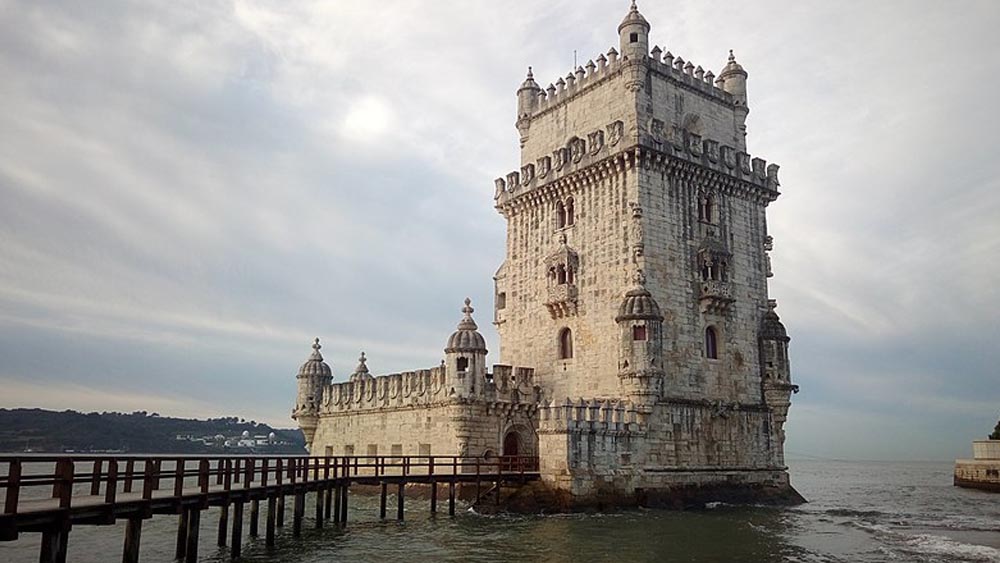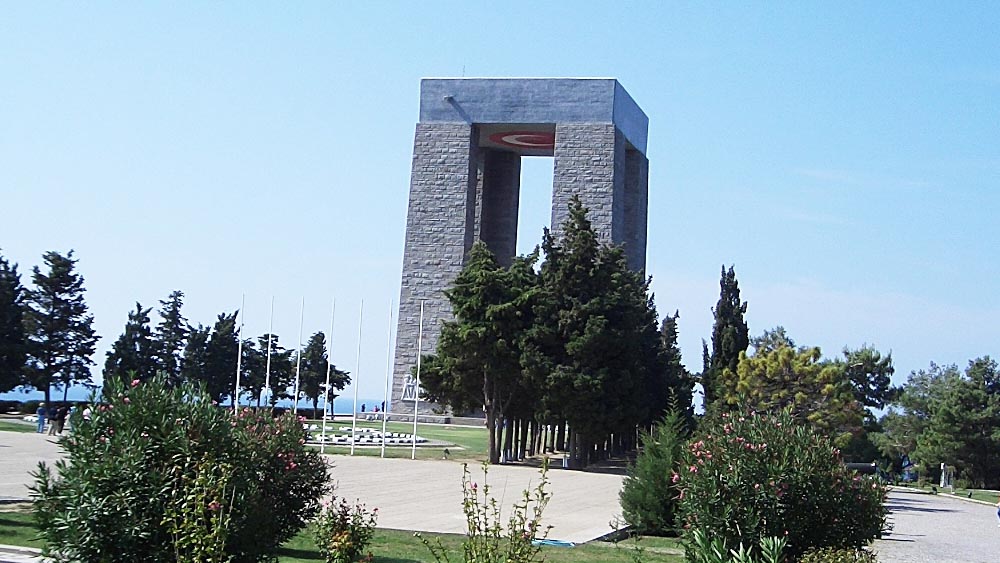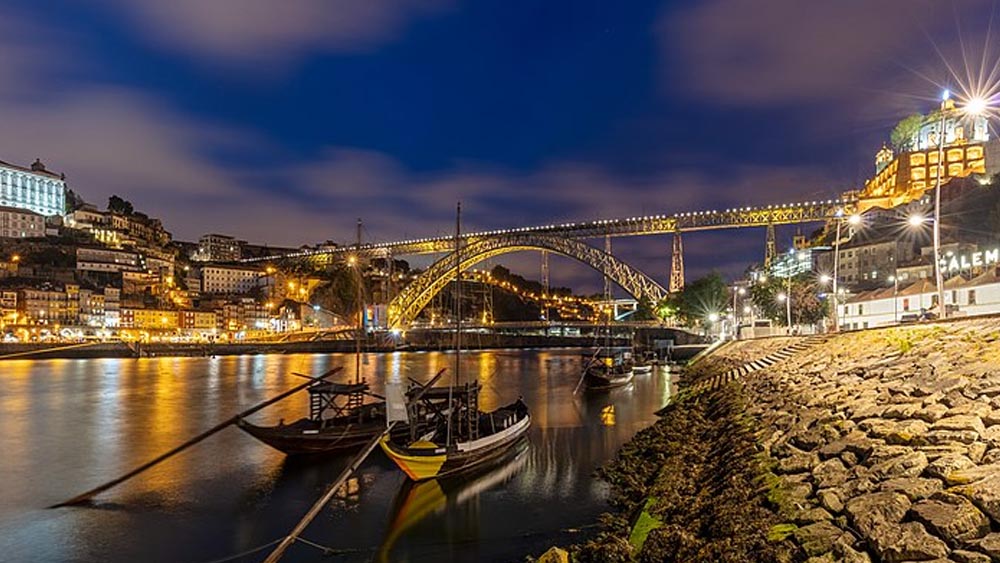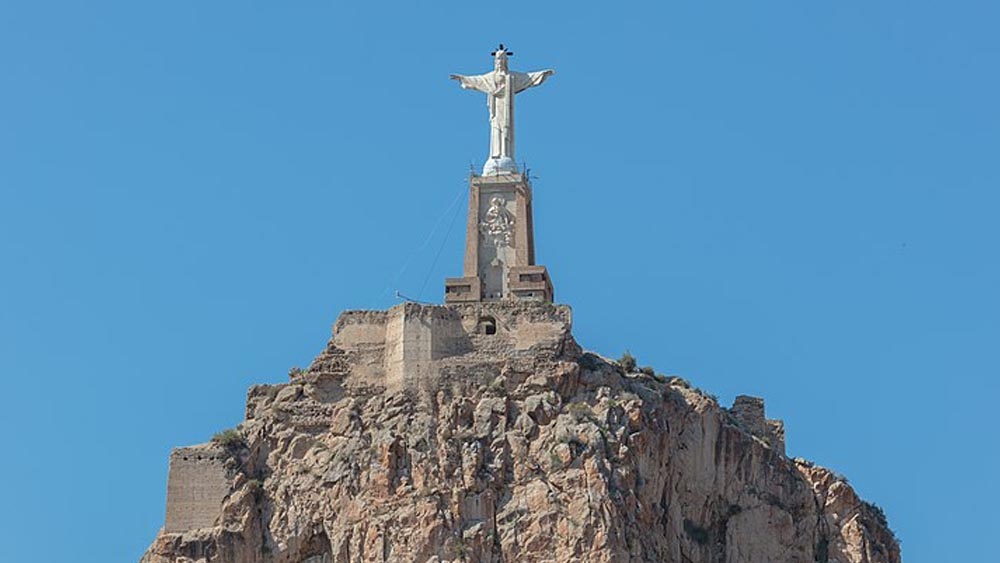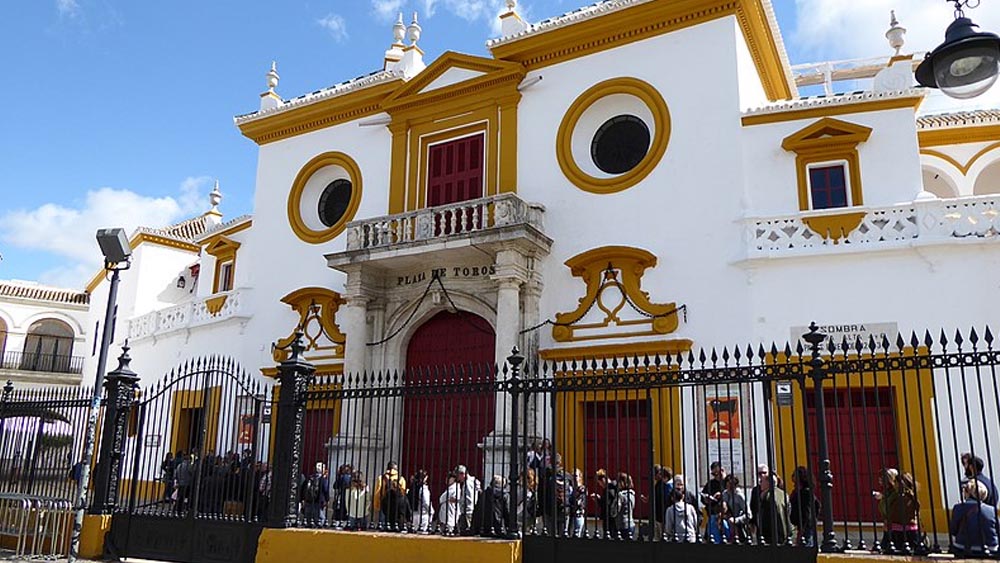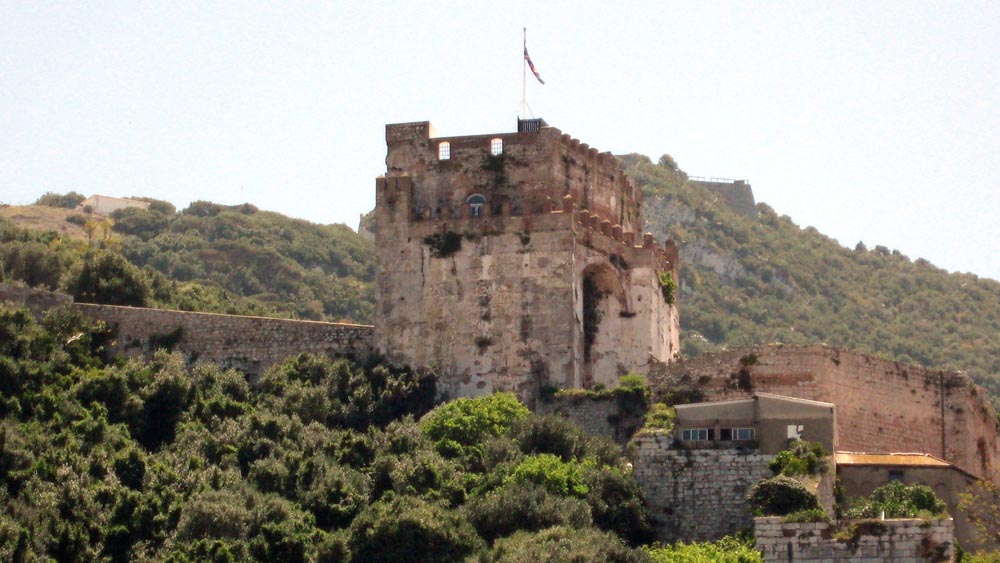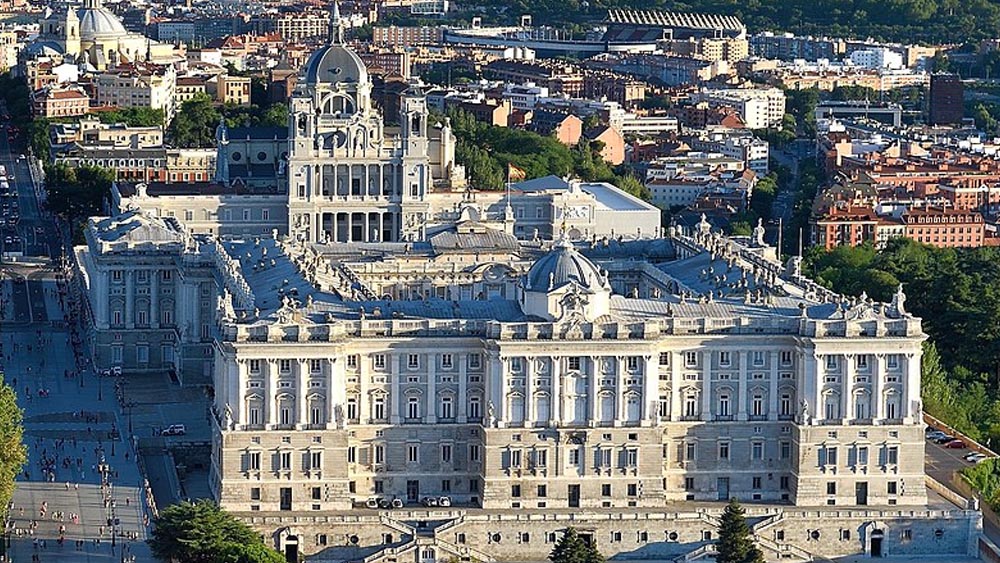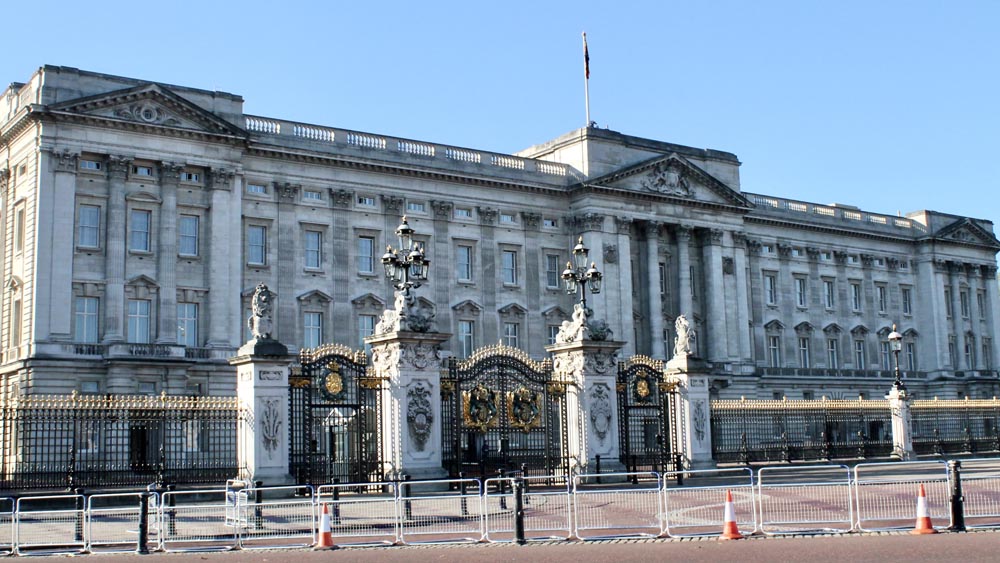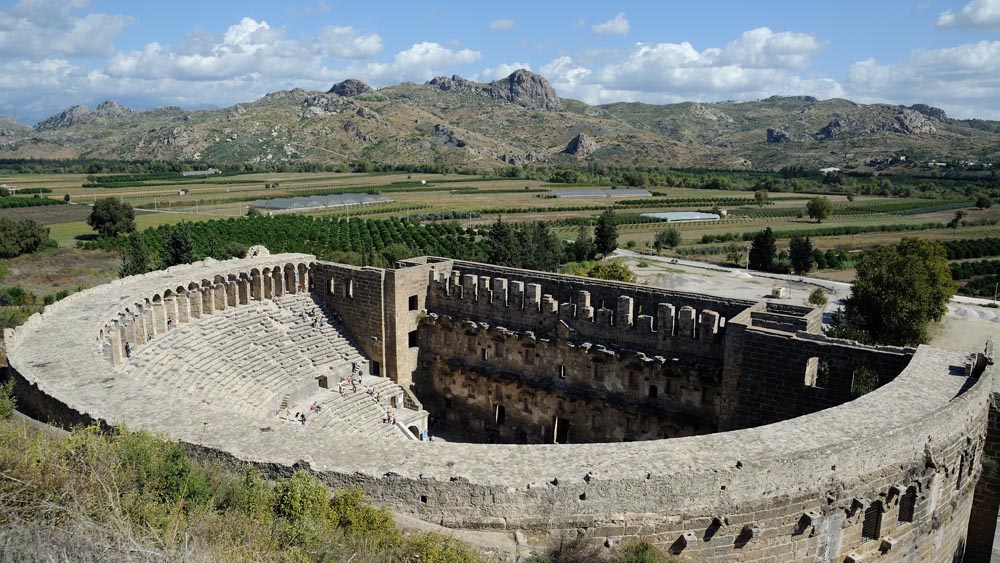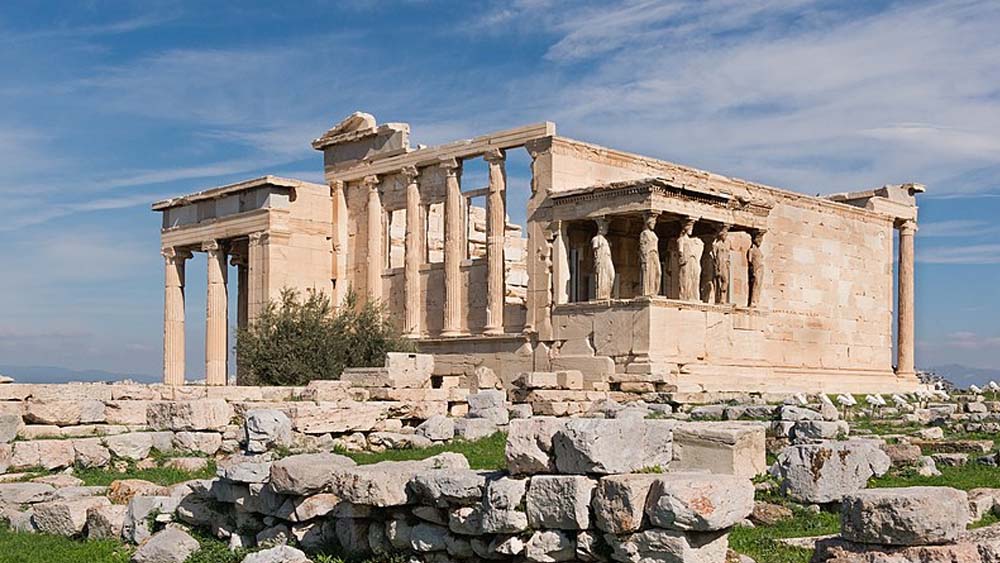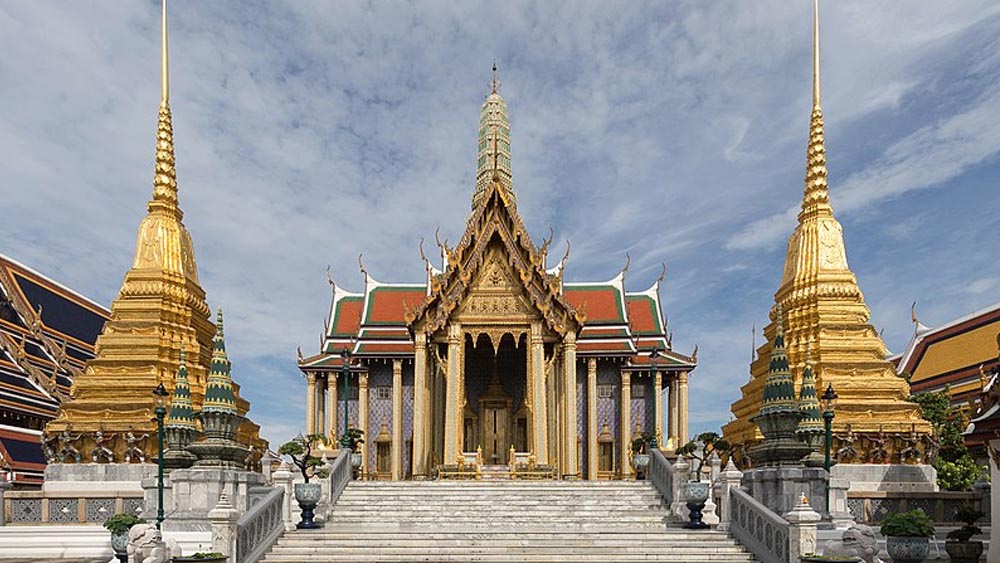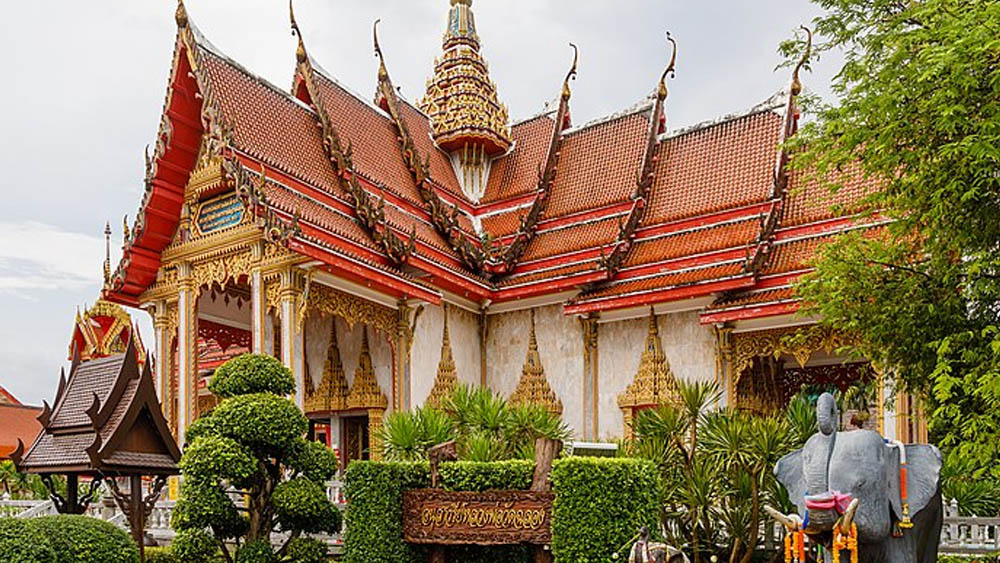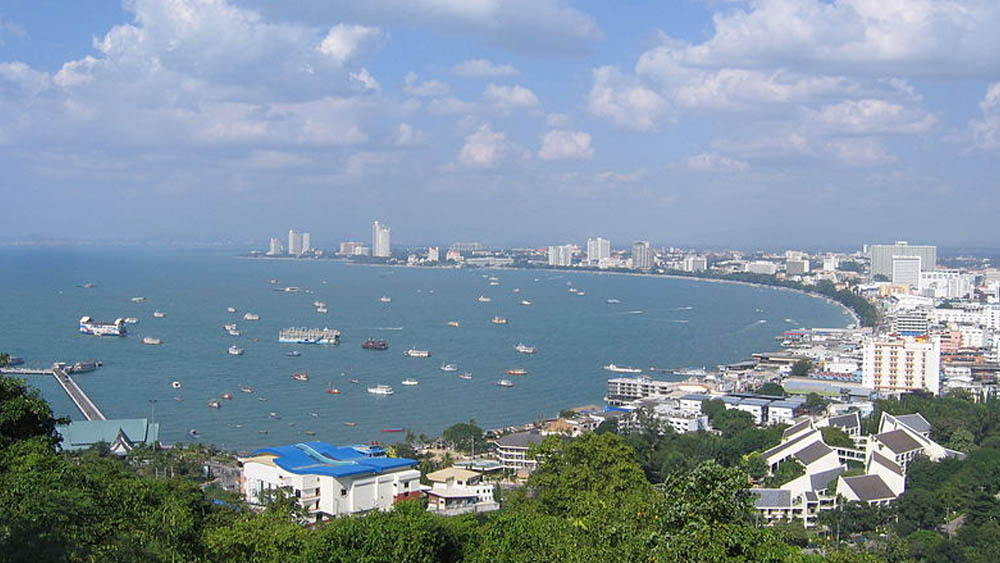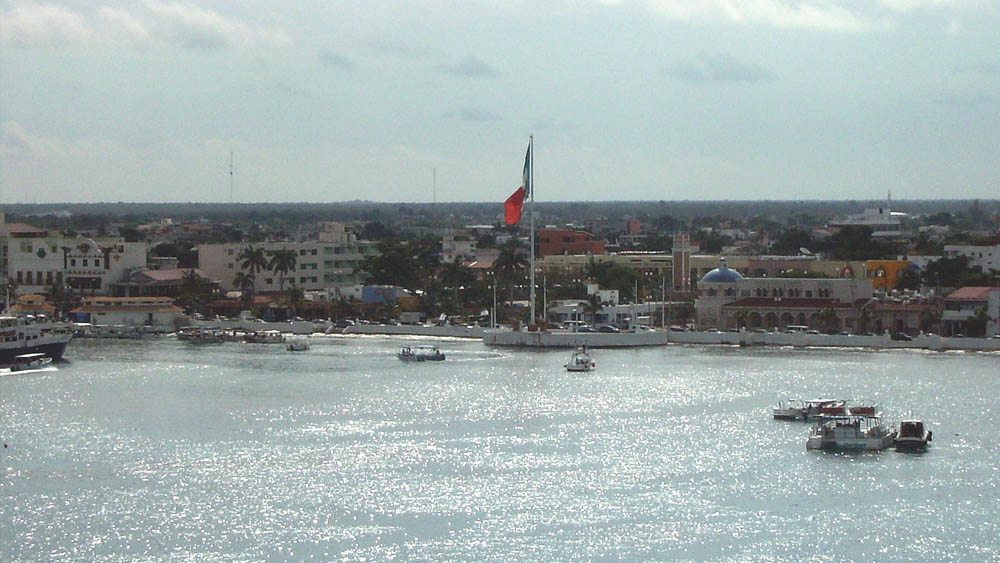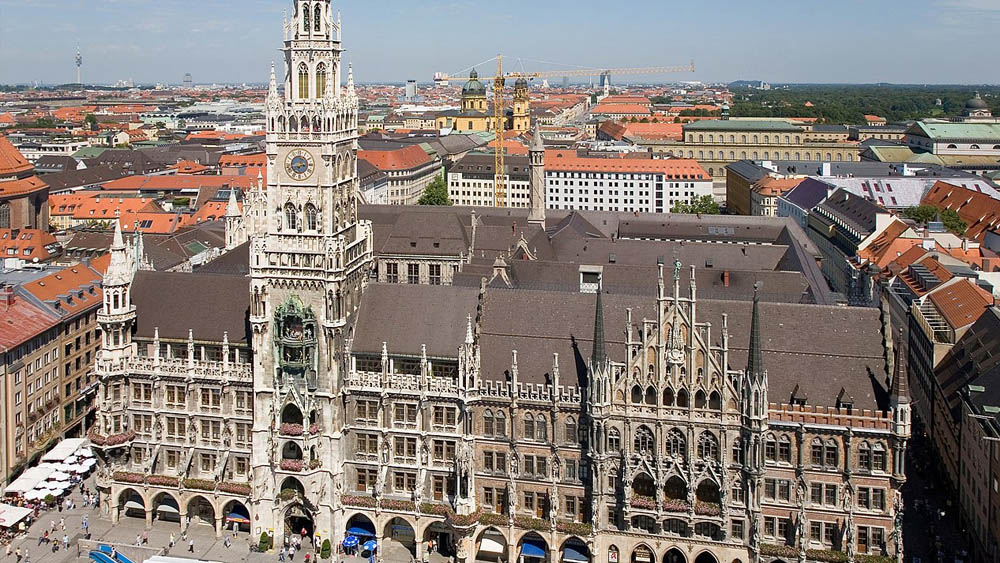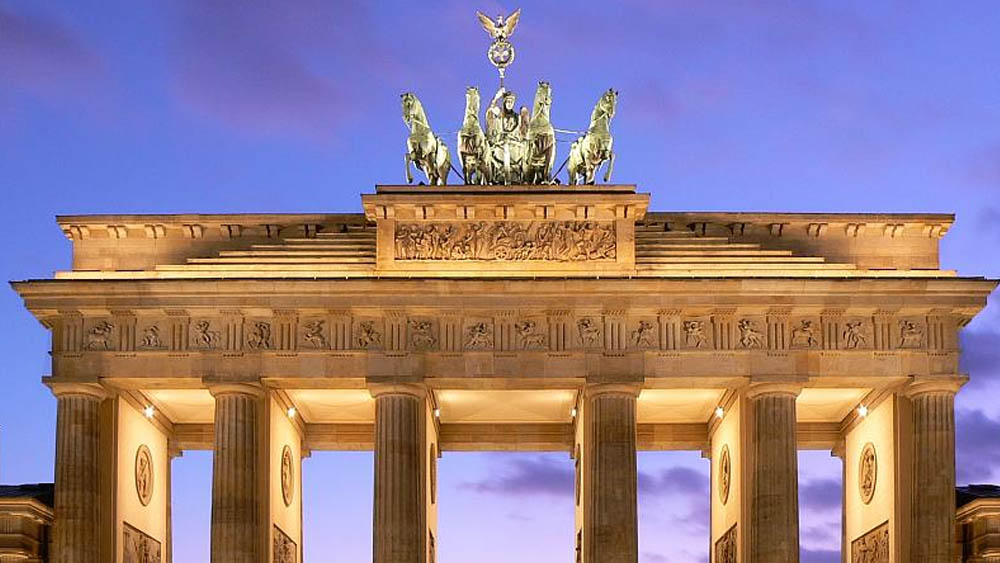Cultural heritage is a collection of objects, structures, artworks, and traditions that reflect the historical and cultural values of a society. Visiting historical sites is one of the best methods for discovering cultural heritage. In this article, we will examine the best methods for discovering historical places on the trail of cultural heritage.

Do Research
Doing research, which is the first step in discovering historical sites, makes your trip more productive. While doing research, websites, blogs, tourism guides, and books can be good sources to gain knowledge about historical places. You can learn information such as the location, historical and cultural importance, entrance fees, opening and closing times of historical sites from these sources. This information will help you make your trip more organized and comfortable.
In addition, communicating with the local people is an important method to discover historical sites. Local people can share information about the stories behind historical sites, their cultural importance, and the region’s history, which will help you understand better. By meeting locals, you can also gain knowledge about traditional foods, handicrafts, and cultural events.
While doing research, you can also add flexibility to your travel plan. Being open-minded to new discoveries can take you to unexpected places. Don’t forget to consider the recommendations, comments, and advice of locals. This way, your trip will not only be limited to discovering historical sites, but can also turn into an adventure where you can gain new experiences.
Visit Historical Sites
Visiting historical sites is the most important step in discovering cultural heritage. By visiting historical sites, you can better understand the historical and cultural values of the region. Learn their history by carefully examining the places you visit. Explore the architectural features, artworks, and other cultural elements of the structures in the region. This way, you can understand how valuable these structures and artworks, which are an important part of cultural heritage, are.
While visiting historical sites, you can also get help from guides or locals. This way, you can gain more detailed information about the places you will visit. Also, by visiting museums and other cultural sites, you can better understand the historical and cultural values of the region. The artworks and other cultural elements exhibited in these places will help you understand the region’s history and culture better.
While visiting historical sites, be careful and respectful. Some historical sites may be considered sacred, and visitors may need to comply with certain rules. Also, some historical structures or artworks may have been preserved. Therefore, visitors may need to comply with these protection rules. Following these rules will help preserve these historical sites in the future.

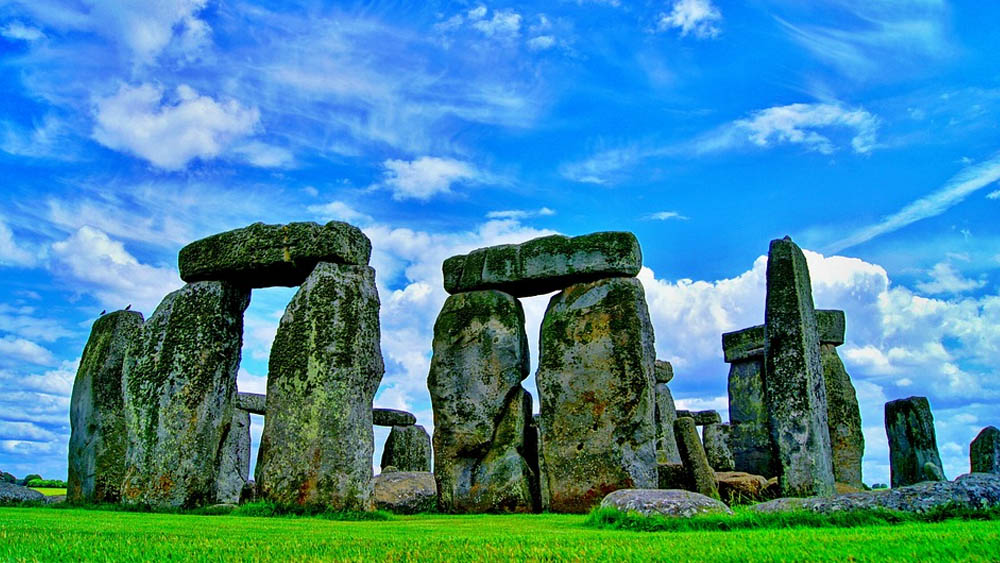
Join Guided Tours
Joining guided tours is quite useful for exploring historical places and better understanding the region’s history. Guides provide more detailed information about the region’s history and culture, allowing you to learn more about the places you visit. Additionally, during guided tours, you can also explore the lifestyle, traditions, and culture of the local people.
By joining guided tours, you can save time and money by paying the entrance fees for historical sites and museums in advance. Also, traveling with guided tours can help solve language or direction problems that may occur during travel. Joining guided tours allows you to explore historical sites in a more planned and organized manner.
By joining guided tours, you can also have the opportunity to meet new people while exploring different cultures. Additionally, by taking notes of the information you receive from guides, you can review what you learned after the trip, making the information more permanent. Therefore, joining guided tours is highly recommended for exploring the historical sites and understanding the culture of the region.
Attend Local Cultural Events
Another way to discover the culture of the region is to attend local cultural events. These events help revive and preserve the region’s historical and cultural heritage. By attending, you can discover the traditions, cuisine, crafts, and other cultural elements of the local people.
Attending these events can also be a way to meet the local people of the region. By interacting with them, you can better understand their lifestyle and culture. Also, with the guidance of local people, you can discover historical sites in the region.
Local cultural events also help revive forgotten traditions and crafts. By attending these events, you can see the traditions and crafts still present in the region. Additionally, you can learn about the efforts to keep these traditions alive.
Take Photos
Taking photos while exploring historical sites is a step that should not be forgotten. By taking photos, you can immortalize the historical and cultural heritage of the places you visit and your own experiences. Also, the photos you take can be an important source to show future generations what this heritage looked like.
Finding the right angle and light is important when taking photos. To take historical sites from the best angle, take a little time to walk around and find the best angle. Also, taking photos in the right light conditions can improve the quality of the photo. Especially in outdoor shots, the best results can be obtained on sunny days.
Editing and sharing your photos is also important. Editing can improve the quality of the photo and highlight the features you want to show. Sharing your photos with your friends and family by sharing your memories can be a great way to connect with them.

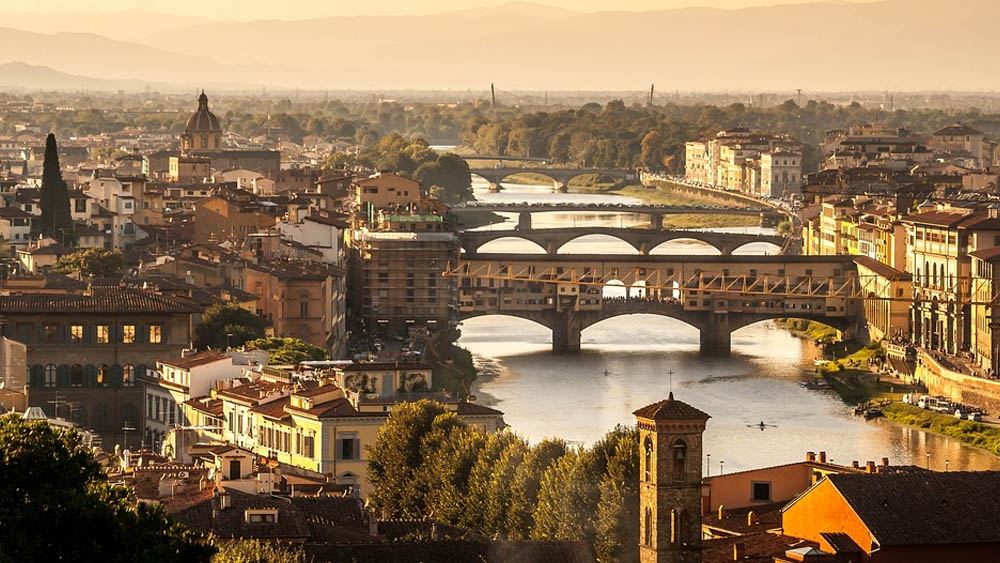
Interact with the Local People
Interacting with the local people is important to fully understand the historical and cultural heritage of the region. The local people can offer you a better perspective on the history, cultural heritage, and way of life of the area you are visiting. Additionally, you can learn about local traditions, cuisine, and other cultural features. Interacting with the local people is important not only for understanding the historical and cultural heritage of the region, but also for experiencing an unforgettable travel experience.
When interacting with the local people, it is important to be respectful and understanding. Show respect for the local culture and respect their traditions and beliefs. This way, you can establish a better connection with them and gain a deeper understanding. Additionally, conversations with local people can lead to surprising discoveries in your travel itinerary. Perhaps you can learn about interesting places that you have never heard of but would like to visit.
Interacting with the local people allows you to have a more intimate experience in the region you are visiting. Conversations with local people not only provide you with information about the historical and cultural heritage of the region, but also about the daily life and experiences of the people living there. This way, you can go beyond the ordinary tourist routes in the region and experience a real local experience.
Become Aware of Cultural Heritage Preservation
The preservation of cultural heritage includes not only the restoration and repair of historical structures, but also the efforts made to sustain these structures and transmit them to future generations. When visiting historical sites, it is important to learn about these efforts and contribute to the preservation of cultural heritage. Additionally, donations and support for local and national conservation organizations are important steps towards this goal.
Preservation of cultural heritage is not limited to the restoration and repair of existing historical structures. At the same time, efforts should be made to transmit this heritage to future generations and to sustain it. For this purpose, the promotion of historical sites and visitor traffic can provide an important financial source for the preservation of these sites. Therefore, supporting the efforts made for the preservation of historical sites is a critical step towards transmitting cultural heritage to future generations.
Preservation of cultural heritage is not only important for the preservation of historical sites and structures, but also for the preservation and perpetuation of cultural values. Preserving cultural heritage is also about being a part of society and taking individual responsibility. Therefore, when visiting historical sites, learning about the efforts made for their preservation and contributing to these efforts is an important step towards the preservation of cultural heritage.
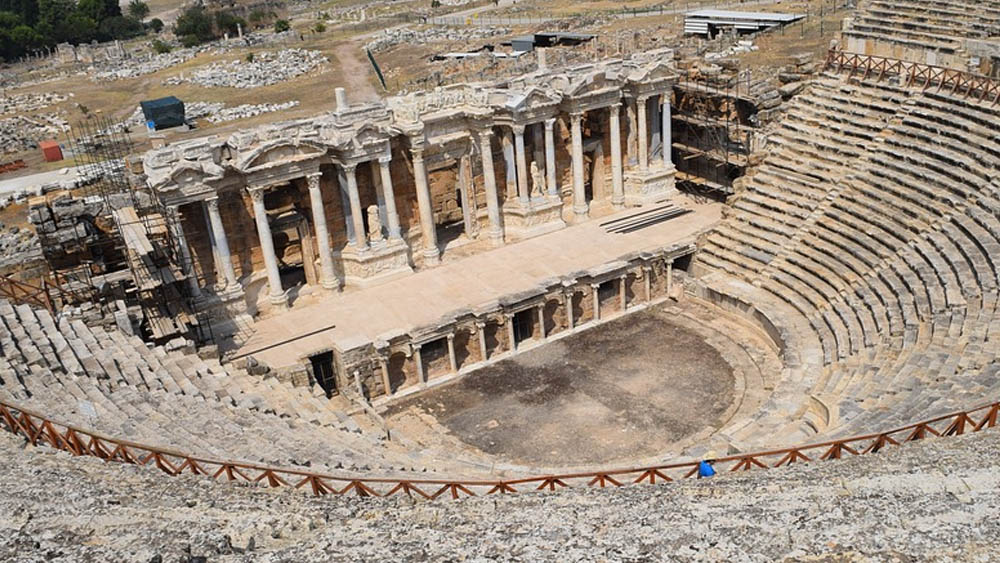
Exploring historical sites in pursuit of cultural heritage is one of the best ways to discover a society’s historical and cultural values. The methods we discuss in this article include conducting research, visiting historical sites, participating in guided tours, attending local cultural events, taking photographs, interacting with local people, and raising awareness about cultural heritage preservation. By applying these methods, you can not only discover historical sites but also gain a better understanding of the region’s history and culture.


















